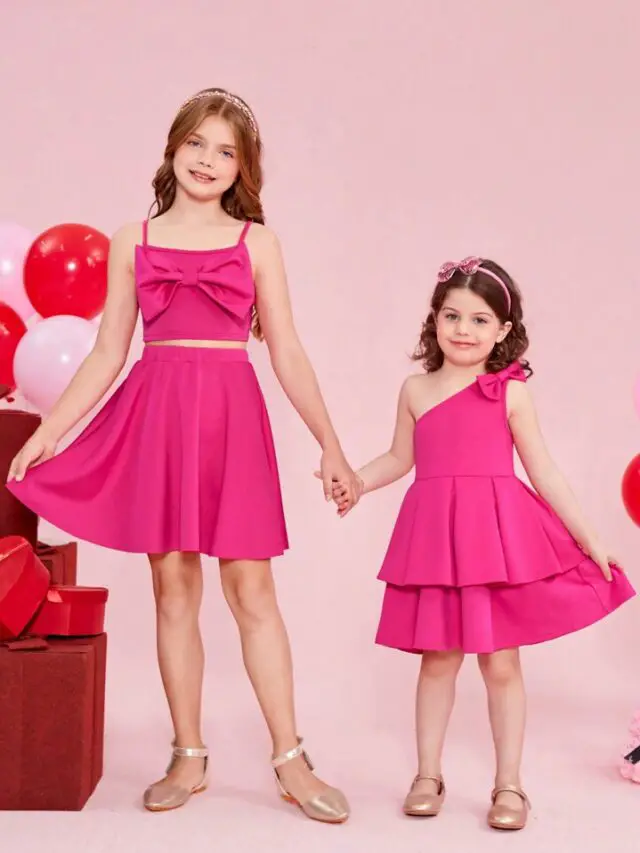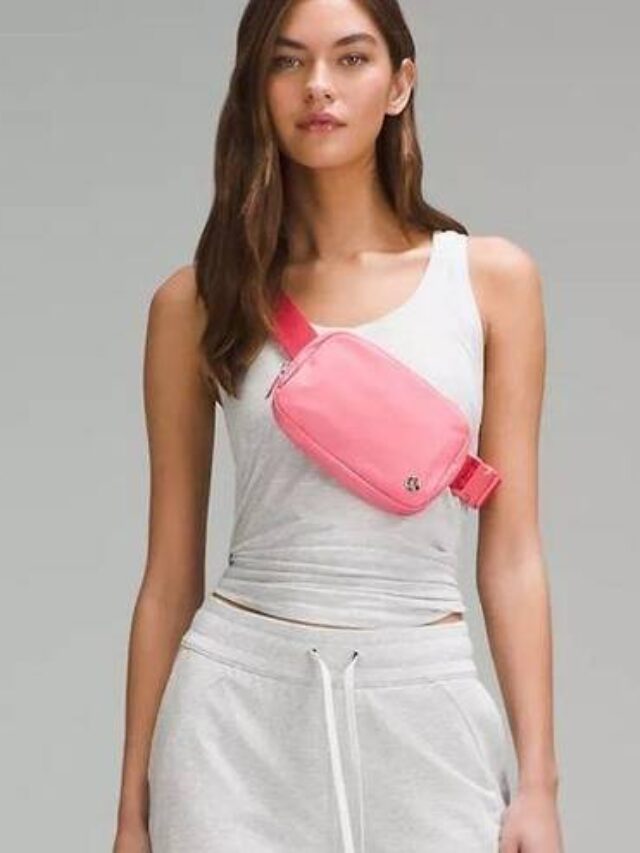Introduction to Duvets
Choose a Duvet and investing in a high-quality duvet is essential for a comfortable night’s sleep. Due to the variety of accessible options. This complete guide will help you choose the best duvet for 2024, covering everything from size and care to filling strength and material. Warmth and comfort during sleep are provided by soft, quilted blankets called duvets, which are filled with insulating elements. They are available in many varieties, each with unique features to suit a range of tastes.

Table of Contents
Difference Between Duvet and Comforter and Quilt
The terms duvet, comforter, and quilt are sometimes used simultaneously when referring to bedding, yet each have unique qualities that make them different. Selecting the ideal bedding for your needs can be made easier by being aware of their unique characteristics.
Duvet
- Construction: A duvet is a soft, flat bag filled with down, feathers, or synthetic fibers, designed to be used with a removable cover.
- Versatility: It serves as an insert and requires a duvet cover to protect it. This cover can be easily removed and washed, allowing for versatility in style and maintenance.
- Warmth: Typically thicker and fluffier, offering varying levels of warmth based on the fill power and materials used.
Comforter
- Construction: A comforter is a thick, quilted, fluffy blanket filled with synthetic fibers, down, or feathers, stitched or quilted to keep the filling evenly distributed.
- All-in-One: Unlike a duvet, a comforter comes with a sewn-in cover and doesn’t require an additional cover.
- Appearance: Often more decorative and available in various designs and patterns.
Quilt
- Construction: A quilt consists of three layers – a top layer (patchwork or decorative), a middle layer of batting (cotton, wool, or synthetic), and a bottom layer (usually plain fabric).
- Handcrafted: Quilts are typically hand-stitched and known for their intricate designs and artistic patterns.
- Usage: They are more often used as decorative bed covers but can also provide warmth.
Essentials to Note:
- Functionality: Duvets are inserts that require covers, comforters are all-in-one pieces, and quilts serve as both bedding and decor.
- Maintenance: Duvets and quilts can be easily washed by removing their covers, while comforters with attached covers may need special care during washing.
- Style and Design: Comforters and quilts often offer more in terms of aesthetic variety, while duvets provide flexibility in changing covers for different looks.
Getting a bed that suits your tastes in terms of comfort and design can be made easier if you are aware of these differences.
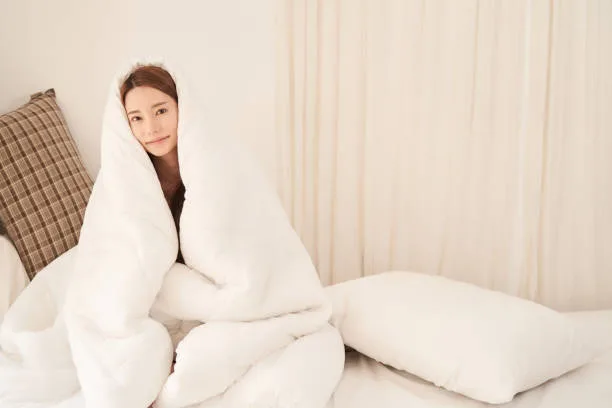
Types of Duvets
Synthetic Duvets
Synthetic duvets are made from polyester fibers, offering affordability and hypoallergenic properties. These duvets are often lightweight and suitable for those with allergies.
Down Duvets
Down duvets are filled with soft and fine feathers from ducks or geese. They provide excellent insulation, trapping heat efficiently without feeling heavy, ideal for colder climates.
Wool Duvets
Wool duvets are naturally breathable, regulating body temperature throughout the night. They’re suitable for various seasons, offering warmth in winter and coolness in summer.
Factors to Consider
Material and Fill Power
Consider the duvet’s material and fill power. Higher fill power indicates better insulation, while materials like cotton or silk covers provide comfort.
Warmth and Seasonality
Choose duvets based on warmth levels suitable for your climate. Opt for lighter options in warmer regions and heavier, warmer duvets in colder areas.
Size and Fit
Ensure the duvet size matches your bed size for proper coverage. Consider oversized options for extra comfort.
Allergies and Sensitivities
If you have allergies, opt for hypoallergenic materials like synthetic fibers or look for down duvets with anti-allergen treatments.
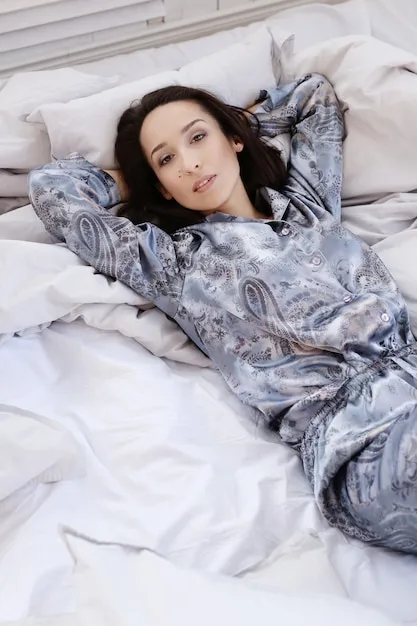
Types of Duvet Inserts
Exploring Varieties: Types of Duvet Inserts
Duvet inserts come in various materials and fillings, each offering distinct features in terms of warmth, weight, and comfort. Understanding the types of duvet inserts available can help you choose the perfect bedding to suit your preferences.
Down Duvet Inserts
Material: Filled with down feathers sourced from ducks or geese, these inserts provide exceptional warmth without excessive weight.
Fill Power: Measured by the quality and loftiness of the down, higher fill power indicates better insulation and fluffiness.
Warmth: Ideal for colder climates, down duvet inserts offer luxurious warmth while remaining breathable and cozy.
Synthetic Duvet Inserts
Material: Made from polyester or synthetic fibers, these inserts are hypoallergenic and suitable for individuals with allergies.
Versatility: They come in various thicknesses and warmth levels, catering to different preferences and climates.
Ease of Maintenance: Often machine washable, synthetic duvet inserts are convenient to clean and maintain.
Wool Duvet Inserts
Material: Constructed from natural wool fibers, these inserts regulate body temperature, providing warmth in winter and coolness in summer.
Breathability: Wool duvet inserts are breathable and moisture-wicking, ensuring a comfortable sleep experience.
Sustainability: Wool is a renewable and eco-friendly material, appealing to those seeking environmentally conscious bedding options.
Alternative Fill Duvet Inserts
Materials: Bamboo, silk, or microfiber-based duvet inserts offer alternatives to traditional materials, providing unique features like moisture-wicking properties or silk’s luxurious feel.
Specialized Features: Some alternatives offer specific benefits such as temperature regulation, making them suitable for various sleep preferences.
Choosing the Right Insert
- Consider your climate and personal warmth preferences.
- Evaluate fill power and material to match your comfort needs.
- Factor in any allergies or sensitivities when selecting the type of duvet insert.
Understanding the characteristics of each type of duvet insert allows for a more informed choice, ensuring a comfortable and restful night’s sleep tailored to your specific preferences.
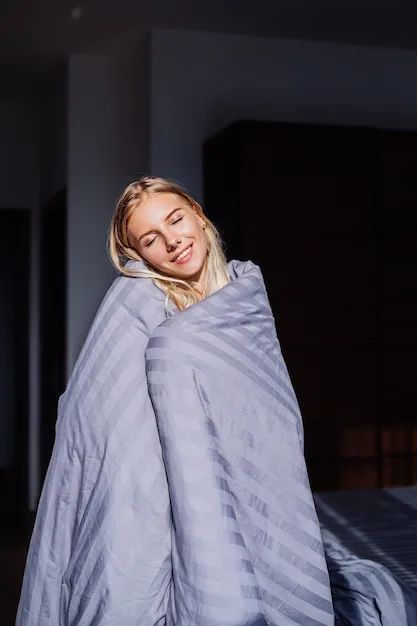
Maintenance and Care
Washing Instructions
Follow manufacturer guidelines for washing your duvet. Some may be machine washable, while others may require professional cleaning.
Duvet Covers
Invest in duvet covers to protect your duvet from stains and extend its lifespan. Choose covers that complement your room’s décor.
Difference Between Duvet Insert and Duvet Cover
Duvet Insert vs. Duvet Cover: Understanding the Difference
When it comes to bedding, the terms “duvet insert” and “duvet cover” are often mentioned, but they serve distinct purposes in creating a comfortable and stylish bed combination.
Duvet Insert
- Function: A duvet insert, also known as a duvet or comforter, is the core component of bedding responsible for providing warmth and comfort during sleep.
- Construction: It is a soft, thick blanket filled with down, feathers, synthetic fibers, or alternative materials, designed to be used as an insert within a duvet cover.
- Variety: Available in various fillings and warmth levels to suit different preferences and climates.
- Maintenance: Often machine washable, making it relatively easy to clean.
Duvet Cover
- Function: A duvet cover is a protective shell designed to encase the duvet insert, providing both decoration and protection.
- Construction: Usually made of fabric (cotton, linen, silk, etc.), a duvet cover has a closure (buttons, snaps, or a zipper) to secure the insert inside.
- Versatility: Offers an array of designs, patterns, and colors, allowing for easy changes in the bedroom decor without replacing the entire duvet.
- Maintenance: Easily removable and washable, simplifying cleaning and care for the bedding.
Essentials to Note:
- Purpose: The duvet insert serves as the insulating layer, while the duvet cover is primarily decorative and protective.
- Interchangeability: Duvet covers can be swapped to alter the bed’s appearance without changing the insert, making them versatile in interior design.
- Hygiene: Duvet covers act as a barrier, protecting the duvet insert from spills, stains, and dirt, thus extending its lifespan.
Understanding the roles of the duvet insert and duvet cover is key to creating a cozy, personalized bed setting. While the insert provides warmth and comfort, the cover offers style and functionality, allowing for a perfect balance between beauty and functionality in your bedroom décor.
Where to Purchase
Online Retailers
Online platforms offer a wide selection of duvets with customer reviews, providing convenience and diverse options.
Check out full varieties and Range, Here.
Physical Stores
Visit physical stores to feel the duvets’ texture and assess their quality before making a purchase.

What is a Duvet Set?
Understanding Duvet Sets: The Complete Bedding Ensemble
A duvet set is a comprehensive bedding collection that typically includes essential components to create a coordinated and comfortable sleeping experience.
Components of a Duvet Set
Duvet Cover: The primary component, a duvet cover is a protective shell that encases the duvet insert, offering both style and safeguarding the insert from wear, stains, and dirt.
Duvet Insert: Often included in a duvet set, the insert is the inner layer responsible for providing warmth and comfort. It’s a thick, fluffy blanket filled with down, feathers, or alternative materials.
Pillow Shams: Matching or complementing the duvet cover, pillow shams are decorative coverings for pillows, adding a cohesive look to the bedding arrangement.
Optional Extras: Some duvet sets may include additional items like decorative cushions, bed skirts, or coordinating sheets for a complete bedroom makeover.
Essentials to Note:
Design and Style: Duvet sets offer a cohesive design, ensuring that the duvet cover, pillow shams, and any extras complement each other, creating a harmonious aesthetic in the bedroom.
Convenience: By bundling essential bedding components, duvet sets simplify the process of selecting matching pieces, saving time and effort in coordinating bedding.
Versatility: Duvet sets come in various designs, patterns, colors, and sizes, catering to different preferences and fitting various bedroom decor styles.
Care and Maintenance: Most duvet sets are machine washable, providing ease in cleaning and maintaining the entire bedding ensemble.
Choosing the Right Duvet Set
- Consider the size of the duvet set according to your bed dimensions.
- Select a style and design that complements your bedroom decor and personal taste.
- Assess the fabric and material of the duvet cover and other components for comfort and durability.
A duvet set offers a convenient and stylish way to create a cohesive and comfortable bedding arrangement. By including essential elements like a duvet cover, insert, and pillow shams, it provides a complete solution for a well-coordinated and inviting bedroom setting.
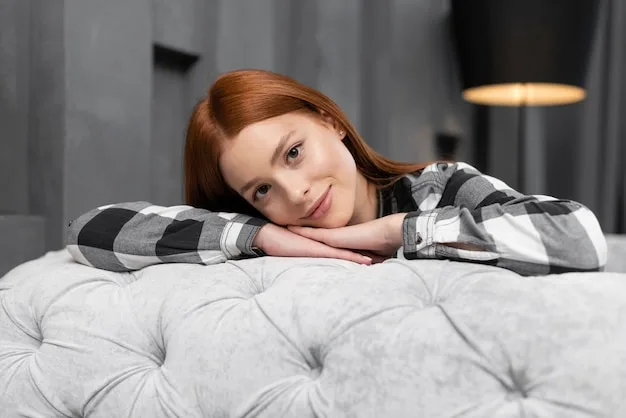
What Are The Standard Duvet Sizes?
Understanding Standard Duvet Sizes
Duvets come in various sizes to accommodate different bed dimensions, ensuring a proper fit and a well-dressed bed. Knowing the standard duvet sizes helps in selecting the right one for your mattress.
Twin Size Duvets
Dimensions: Typically measuring around 68 inches by 86 inches (173 cm by 218 cm), twin size duvets are suitable for single beds or bunk beds.
Usage: Commonly used in children’s rooms, dormitories, or guest bedrooms with smaller bed frames.
Full/Double Size Duvets
Dimensions: Measuring approximately 81 inches by 86 inches (206 cm by 218 cm), full or double size duvets fit slightly larger beds.
Application: Ideal for double beds or smaller guest rooms, providing ample coverage.
Queen Size Duvets
Dimensions: With dimensions around 90 inches by 90 inches (229 cm by 229 cm), queen size duvets offer a square shape suitable for queen-sized mattresses.
Versatility: Widely used in master bedrooms, accommodating both full and queen-sized beds.
King Size Duvets
Dimensions: Ranging approximately 104 inches by 90 inches (264 cm by 229 cm), king size duvets are larger and better suited for king-sized mattresses.
Comfort: They provide generous coverage, ideal for larger beds, offering comfort and warmth.
California King Size Duvets
Dimensions: Specifically designed for California king-sized mattresses, these duvets typically measure around 108 inches by 96 inches (274 cm by 244 cm).
Specialized Fit: Tailored for longer and narrower California king beds, ensuring adequate coverage.
Factors to Consider
- Bed Measurements: Ensure you know your mattress dimensions before selecting a duvet size.
- Overhang: Consider if you prefer the duvet to drape over the sides of the bed or prefer a more fitted look.
- Bedroom Aesthetics: A well-fitted duvet enhances the overall appearance of your bedroom.
Understanding the standard duvet sizes is essential in choosing the right one for your bed, ensuring a snug fit and comfortable night’s sleep.
Which Countries Use Duvets?
Global Adoption of Duvets: Where Are They Commonly Used?
Duvets, known for their comfort and versatility, have gained popularity worldwide, though their usage varies across different countries and regions.
European Countries
Scandinavian Nations: Countries like Sweden, Norway, Denmark, and Finland are renowned for their use of duvets. Duvets are an integral part of their bedding culture, especially during the cold winters.
United Kingdom: Duvets, often referred to as “duvet quilts,” are widely used in the UK, preferred over traditional blankets due to their warmth and ease of use.
North America
United States: Duvets have gained popularity in the U.S., particularly among younger generations and in urban areas. They are commonly used in contemporary bedding setups.
Canada: Duvets are prevalent across Canada, valued for their warmth and comfort in colder climates, especially during winter months.
Asia-Pacific Region
Australia: Duvets, known as “doonas” in Australia, are commonly used, especially in regions with cooler climates. They are favored for their warmth and versatility.
New Zealand: Similar to Australia, duvets, referred to as “duvet inners,” are a popular choice for bedding, offering comfort and ease of use.
Other Global Regions
South Africa: Duvets have gained traction in South Africa, particularly in urban areas and among younger demographics, offering an alternative to traditional blankets.
Middle Eastern Countries: While less common, duvets are becoming more popular in some Middle Eastern countries, embraced for their comfort and convenience.
Essentials to Note
- Cultural Preferences: Duvet usage often aligns with regional bedding traditions and climates.
- Urbanization and Modernization: Increased urbanization has led to a more global adoption of duvets due to their convenience and comfort.
- Preference for Warmth: In colder climates or regions experiencing winter seasons, duvets are highly favored for their insulation.
Although of their comfort, utility and flexibility to adapt to different climates and tastes, duvets have become a global favorite, crossing cultural borders in the process. Their global acceptance as an essential component in modern bedding options only continues to grow.
Conclusion
Factors including size, warmth, material, and personal taste must be taken into consideration to choose the ideal duvet. Knowing the different types and things to consider can help you make educated choices for a restful night’s sleep in 2024.
- You might be read more articles. Please click below:
- Choose the Best Duvet Covers 2024: Explore 20 Facts To Get The Best One
FAQs
Q: Can I use a duvet without a cover?A: While it’s possible, using a duvet cover protects it from stains and extends its lifespan.
Q: What is the best duvet for allergies? A: Synthetic duvets or down duvets with anti-allergen treatments are suitable for allergies.
Q: How often should I wash my duvet? A: Follow the manufacturer’s instructions, but typically, washing every few months is sufficient.
Q: Are wool duvets suitable for hot climates? A: Wool duvets are breathable and regulate temperature, making them suitable for various climates.
Q: What’s the difference between fill power and fill weight in duvets? A: Fill power refers to the insulating ability, while fill weight measures the amount of filling material used. Higher fill power indicates better insulation.
